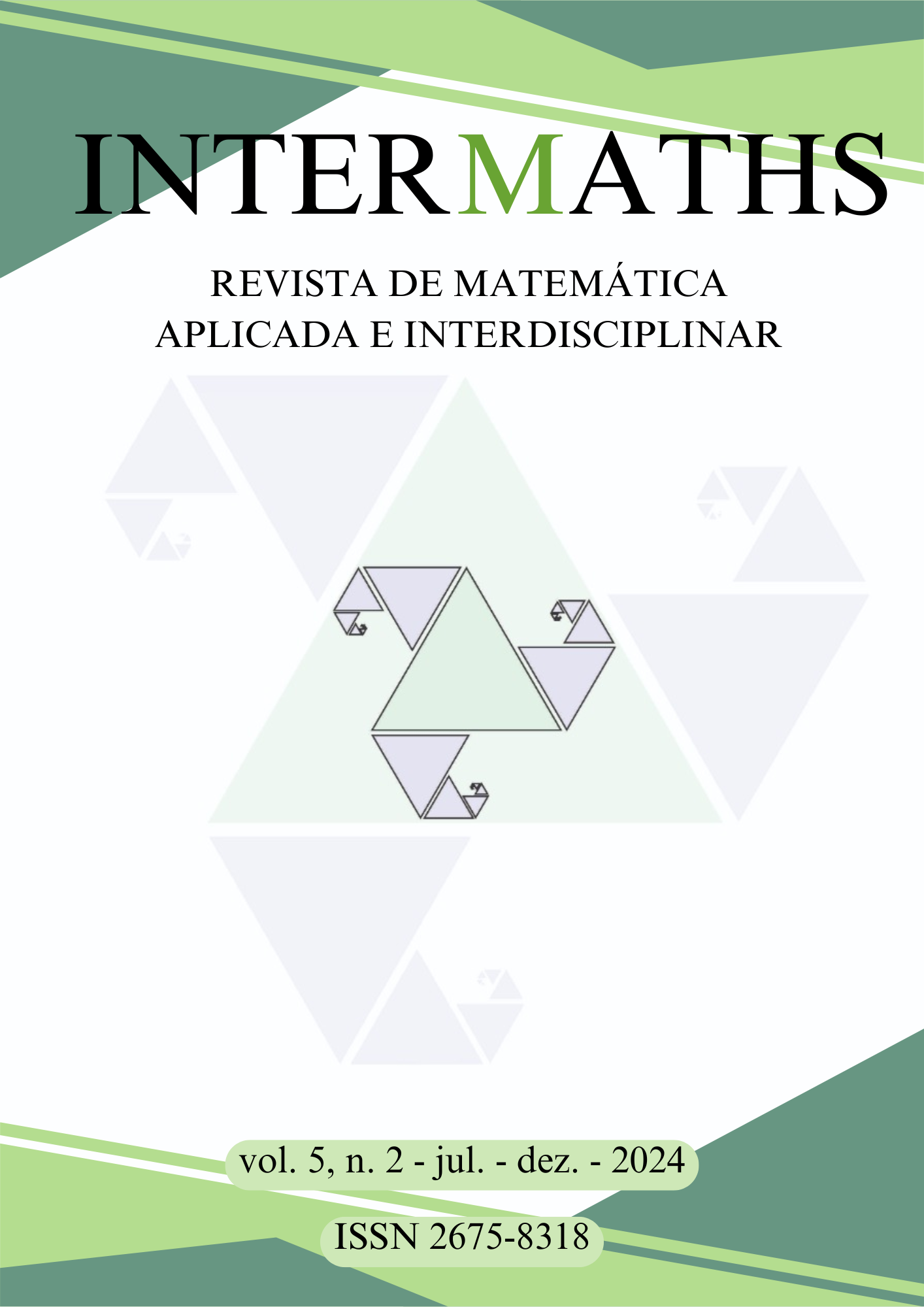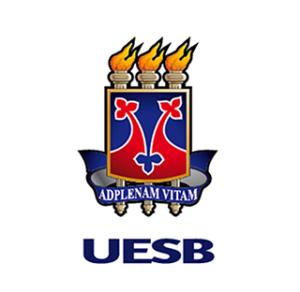Hybrid Numerical Method (H-DRM) for Nonlinear Boundary Conditions
DOI:
https://doi.org/10.22481/intermaths.v5i2.15411Keywords:
Nonlinear boundary conditions, Newton-Krylov iteration, Adaptive hybrid method.Abstract
This paper proposes an adaptive hybrid numerical method based on the Dual Reciprocity Method (DRM) to solve problems with large-scale nonlinear boundary conditions, naming it the Hybrid Adaptive Dual Reciprocity Method (H-DRM). The method uses a combination of the DRM to treat inhomogeneous terms, iterative techniques to deal with nonlinear boundary conditions, and an adaptive multiscale approach for large-scale problems. In addition, the H-DRM incorporates local finite elements in critical regions of the domain. This method aims to improve computational efficiency and accuracy for problems involving complex geometry and boundary nonlinearities, offering a robust solution for physical and engineering problems. Mathematical demonstrations and computational results are presented, validating the effectiveness of the method in comparison with other known methods, through an iterative process of 7 million iterations.
Downloads
Metrics
References
Brebbia, C. A., Telles, J. C. F., & Wrobel, L. C. (1984). Boundary Element Techniques: Theory and Applications in Engineering. Springer.
Rizzo, F. J. (1967). An integral equation approach to boundary value problems of classical elastostatics. Quarterly of Applied Mathematics, 25(1), 83-95. https://doi.org/10.1090/qam/99907
Saad, Y., & Schultz, M. H. (1986). GMRES: A generalized minimal residual algorithm for solving nonsymmetric linear systems. SIAM Journal on Scientific and Statistical Computing, 7(3), 856-869. https://doi.org/10.1137/0907058
Singh, Krishna M., & Masataka Tanaka. Dual reciprocity boundary element analysis of inverse heat conduction problems. Computer methods in applied mechanics and engineering, 190.40-41 (2001): 5283-5295. https://doi.org/10.1016/S0045-7825(01)00161-X
Saad, Y. (1996). Iterative Methods for Sparse Linear Systems. SIAM.
Downloads
Published
How to Cite
Issue
Section
License
Copyright (c) 2024 Intermaths

This work is licensed under a Creative Commons Attribution 4.0 International License.
- Responsibility: The scientific content and the opinions expressed in the manuscript are the sole responsibility of the author(s).
- Copyrights: INTERMATHS.
- All content of Revista INTERMATHS/INTERMATHS journal is licensed under a Creative Commons - Atribuição 4.0 Internacional







